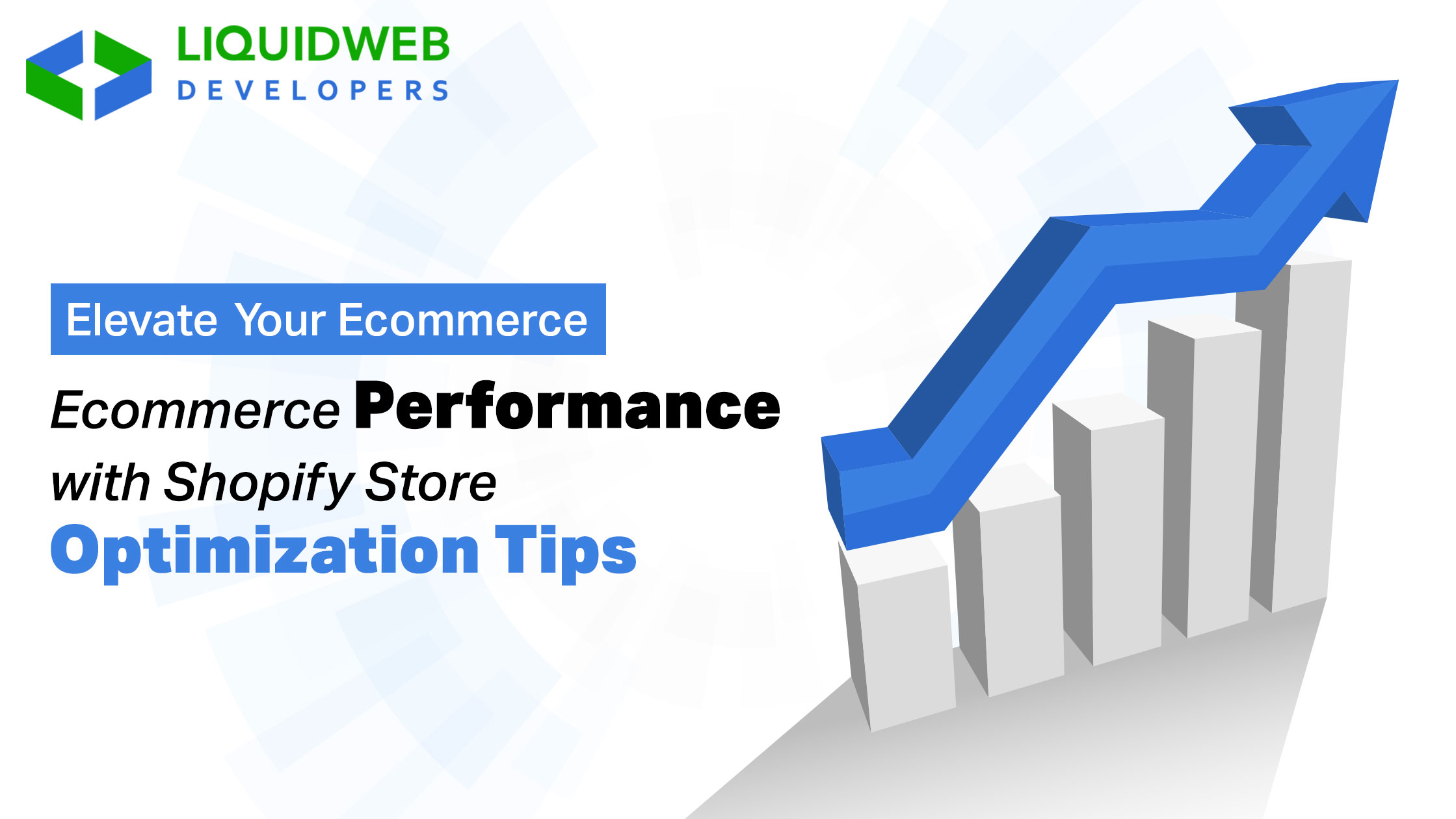Elevate Your Ecommerce Performance with Shopify Store Optimization Tips

Your route toward conversion rate optimization and revenue growth must include a significant amount of shopify optimization. Site performance is one of the most important factors for owners of Shopify stores.
The traffic and conversion rate of your website are directly impacted by its performance. According to studies, a 0.1-second improvement in load time can increase conversion rates by 8%.
Shopify has a wealth of options to assist you in building an online store that is quick, responsive, and interesting. But using Shopify’s built-in features alone isn’t sufficient. You need to use cutting-edge optimization strategies if you want to stand out.
We’ll delve into Shopify’s optimization strategies in-depth in this post to provide the greatest user experience.
List of Top Tips for Shopify Store Optimization
Use Shopify Speed Optimization Apps
Numerous apps are available in the Shopify App Store to improve the speed of your store. These applications have user-friendly interfaces and can automate a lot of activities. Certain programs could provide a site assessment or recommendations regarding the areas of your website that require optimization.
Here are a few popular Shopify apps Shopify optimization services
- Avada SEO & Image Optimizer
- Hyperspeed: Extreme Page Speed
- Superspeed: Web Vitals
- Tapita SEO & Speed Optimizer
- Booster: Page Speed Optimizer
Fix Broken links
This message will turn off users. Therefore, avoid being the brand that annoys and turns away customers. Your website’s performance, page load times, and user experience may all suffer if there are an excessive number of redirects and broken links.
Additionally, it has an impact on your SEO, which hinders websites’ exposure and rating on search engine result pages.
- Removing products will result in broken links and blank pages, therefore avoid doing so. Choose archiving instead of deleting, and if you do, make sure you set up a 301 redirect.
- Use free online tools to find broken links on your website and fix them to avoid sending unnecessary HTTP queries.
Consider Professional Help
Your staff can expedite your store, or you can. Applications can help you, even though it can get complicated at times and require some dev skills.
Applications can apply redirects, minify CSS and JS, optimize and compress images in bulk, and much more.
Analyze the cost savings from the increased speed to decide if using a Best Shopify Development Company is a worthwhile investment. If not, handle it in-house or use a reasonably priced freelancer.
Keep Your Homepage Design Basic
Select a simple theme that aligns with your company objectives. Avoid overloading your homepage with content. It might cause slow load times. Consider these points :
- The UX and UI of the page are basic and easy to use.
- Each word, picture, and link on the page has a distinct function and makes the visitor want to buy the product.
- The page’s content ought to overtly advertise your services or products.
- Calls to action that are specific and direct users to the appropriate landing pages are beneficial.
Using heat maps is another way to optimize the appearance of your homepage. It aids in your comprehension of the most popular sections of your website.
Lazy Load Images
One underutilized Shopify page speed optimization strategy to improve the speed and functionality of your Shopify website is lazy load images. Reduce the time it takes for a page to load by only loading media and images when a reader scrolls.
As a result, pictures won’t load until the reader gets to that part. Because it only actively loads a small number of photographs on the website at a time, the webpage will load rapidly.
Use Google PageSpeed Insights
Google’s PageSpeed Insights is another useful tool that efficiently tracks Shopify speed and website performance of your online store. It offers information on how quickly your pages load and makes recommendations for improving speed.
Final Words
You will all agree that building and running a large-scale Internet store is difficult, regardless of how long you have been in the industry. Shopify store owners must focus more on optimized pictures, slow-loading videos, theme selection, integrating third-party apps and codes, and doing routine reviews to reduce broken links and redirects. You can reach our Shopify experts to experience our world-class Shopify optimization services.
